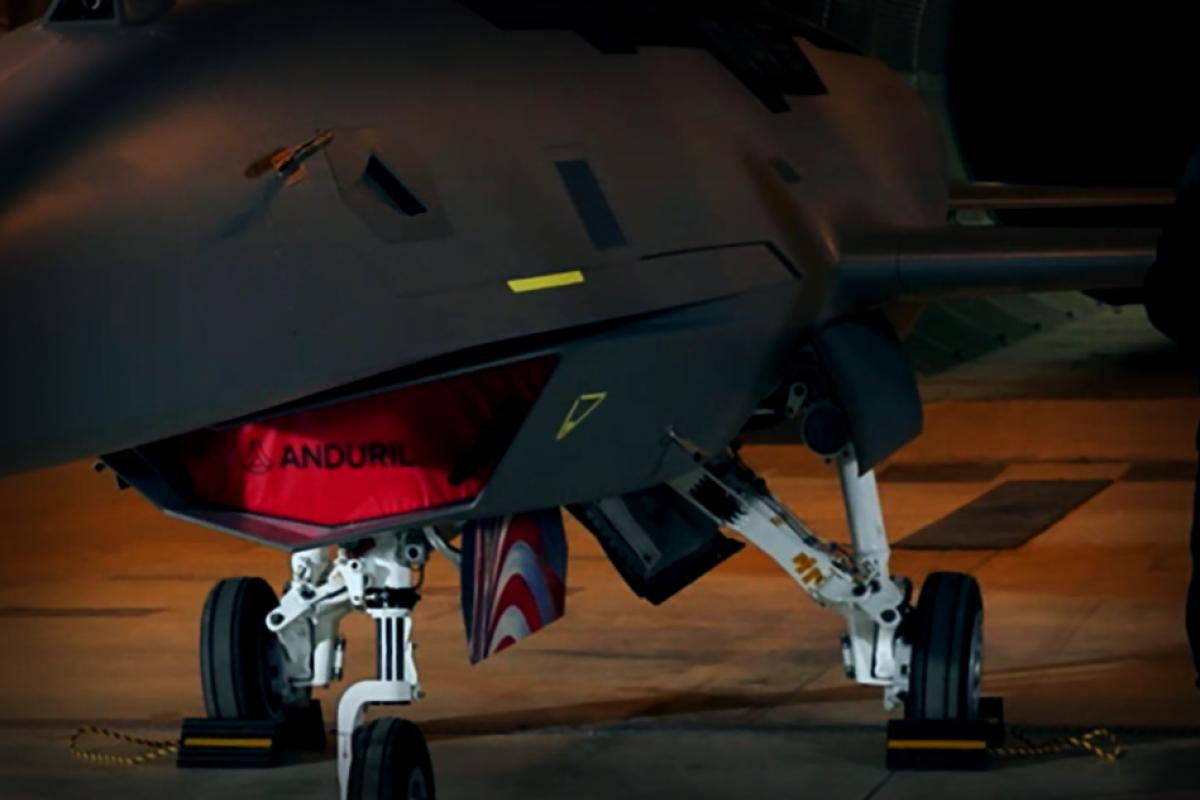In a recent feature on 60 Minutes, Brian Schimpf—the co-founder and chief of Anduril Industries—unveiled Fury, an exciting new unmanned fighter jet harnessing the power of AI. The jet promises to change how the U.S. Air Force approaches combat by introducing what they call Collaborative Combat Aircraft (CCA).
The piece started by highlighting co-founder Palmer Luckey’s unique personal style—think shorts, flip-flops, and brightly printed Hawaiian shirts, complete with a mullet and goatee. During his interview, he joked about his hairstyle, stating, “I’ve actually always wanted a mullet my whole life.” But don’t let his casual appearance fool you; the tech he’s developing is any but casual. The military pays close attention to Luckey’s vision.
Luckey told the correspondent, Sharyn Alfonsi, that the military’s evaluation of Anduril isn’t based on his laid-back look but rather on the technology they provide. His company, established back in 2017, specializes in developing autonomous systems such as drones and subs capable of using AI for heavy tasks—like surveillance and target engagement—without human oversight.
Luckey acknowledged the anxieties surrounding autonomous weaponry, noting, “It’s a scary idea, but, I mean, that’s the world we live in. I say it’s way scarier to consider a weapon system that isn’t equipped with intelligence.” He emphasizes that the concern shouldn’t be about smart weapons versus no weapons at all, but rather smart versus dumb munitions.
Illustrating Anduril’s advances, Luckey showcased the Lattice AI platform during the interview, designed to manage operations for these smart arms by processing information from an array of sources, including drones, satellites, and radars.
When asked about the fears associated with this tech running amok, Luckey acknowledged the concern but expressed a more considerable fear towards malevolent individuals wielding basic tech rather than AI turning against humanity.
Critics have spoken out on the topic as well; UN Secretary General António Guterres pointed toward the ethical and political implications of autonomous lethal weapons, calling them morally repugnant and urging for global bans. Organizations like Amnesty International have gone so far as to label these innovations as “killer robots.” Luckey has asserted that all products from Anduril are equipped with a functional “kill switch,” allowing for human intervention in extreme cases.
Moreover, he emphasized that deploying these autonomous systems could ultimately save lives. With fewer pilots in the field, the risks reduce significantly; a single operator can manage several drones, as opposed to needing one pilot per craft.
With an eye on advancing unmanned warfare, Anduril’s Fury is designed to collaborate seamlessly with manned aircraft and execute missions intelligently. Standing in a hangar, Schimpf shared exclusive insights about Fury, allowing the media a close look for the first time.
Your first impression? There’s no cockpit here, no seat, no joystick—just pure, autonomous flying capability. Schimpf explained that the AI on board equips Fury with abilities to navigate and comprehend its surroundings, effectively acting as a guardian for manned aircraft during missions.
In situations of combat, Fury will serve proactive roles, identifying enemy movements and engaging previously—providing protection for its piloted counterparts.
In an effort to keep costs down and streamline production, Schimpf mentioned that Fury features components that are more commonplace, making them easier and cheaper to create compared to traditional fighter jets. By using commercially available parts, the production process could become significantly more efficient.
Fury is set to take its maiden flight later this summer, with the Air Force aiming to have these CCAs flying by the decade’s end. As Schimpf articulated, there’s a substantial journey ahead concerning testing this aircraft and determining how best to integrate it into future armed forces operations.
In his words, “This is more than just about getting a plane in the sky; it represents a fundamental shift in the way wars might be conducted going forward.”
The full discussion was originally broadcast on May 18, 2025, created by Will Croxton and refined by Sarah Shafer Prediger.



















